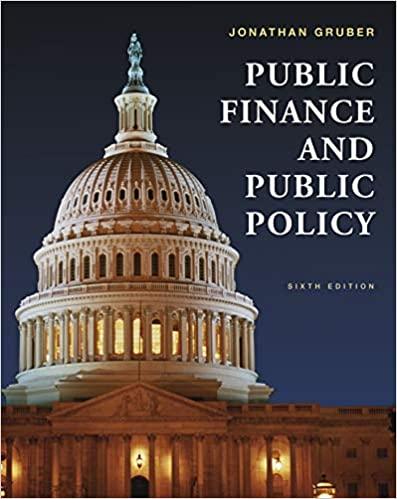The Organization for Economic Cooperation and Development (OECD) creates tax-benefit models to estimate how tax and benefit
Question:
The Organization for Economic Cooperation and Development (OECD) creates tax-benefit models to estimate how tax and benefit rules in OECD countries affect the net income of workers when they move between unemployment and employment.
Navigate to the Benefits and Wages: Statistics page in the Directorate for Employment, Labour and Social Affairs, currently found at http://www.oecd.org/els/benefits-and-wagesstatistics. htm. Download the Excel file entitled “Gross replacement rates (without accounting for taxes), uneven years from 1961 to 2011.”
a. Read the explanation in the Notes tab to understand the difference between two similar statistics: the gross replacement rate (GRR), and the net replacement rate (NRR).
Which of the two does a better job of capturing the most relevant factors that unemployed individuals usually consider as they decide whether to reenter the work force?
b. Compare years 2001 and 2011 in the tabs for GRR (Average Worker) and NRR including social assistance and housing benefit (SA HB AW). What two countries experienced the largest drops in GRR? The largest increases in GRR? Are they the same countries with the largest drops and increases in NRR?
Step by Step Answer:






